It looks better in the pictures, even my pictures, than it does in reality. Rowan Oak, the home of William Faulkner, is a charming old property but it is not the elegant southern mansion imagined by many. Instead Rowan Oak remains a bit rough around the edges and feels more like an ample old farmhouse than a stately manor.
It may be first impressions that suggest the grandeur. If you approach Rowan Oak directly from the front, walking down what was once a formal front lane established by rows of cedar trees that are now gnarled and overgrown, glimpses of its primitive Greek Revival facade tower through the vertical openings. Or maybe it is the legendary reputation of the owner himself.
Once you have entered, however, dispensed with introductions and been invited past the front library and parlor, the house begins to yield. Upon further inspection its posture softens and formality relaxes into a more comfortable welcome. There you are free to sit in the back hall, where Faulkner often sat to read, and look through an intriguing collection of local newspaper clippings about the celebrated author and his home. Or you can walk on in and take a look around his writing room complete with the small
desk where he worked, the old typewriter his mother gave him, and even the outline of his Pulitzer Prize winning novel A Fable, that is scrawled on the wall in the author’s own hand.
Upstairs the angles and attitude of the house relax even more. There you will find evidence of the house growing in a series of fits and starts. The floors slope, the feel of old wood pervades and a unique personality emerges leaving the home’s generous floor plan somewhat bent by the slow march of time. Rooms on both floors were added on over the years, sometimes seamlessly and others with some contrivance, to meet the needs of the family. Hallways and stairs connect the areas going up and down, here and there, sometimes abruptly. Still there is a straightforward quality about the house as a whole, the intentionally sparse furnishings, the flow of interior and exterior space, the sense of a calm, though not unscarred, continuity between past, present and future that is peaceful and refreshing.
Upstairs Faulkner concocted ghost stories to tell the children, stories that, while fabricated, dwell easily with the genuine narrative of the place. Rowan Oak, known then as “The Bailey Place,” was already old and disheveled when Faulkner purchased it in 1930. The house and various outbuildings were first constructed nearly a century before and the house had stood empty for a number of years before Faulkner took ownership.
Faulkner’s years at Rowan Oak were productive ones. Between writing stories and novels, winning the Nobel Prize for Literature and other awards, he initiated updates to the property which honed it’s character. The house was added onto several times. Indoor plumbing and electricity were installed. Servants’ Quarters were built on an old foundation and a stable was added near the end of Faulkner’s life. The grounds were also adapted by Faulkner who added an English Knot Garden near the Scuppernong Arbor while letting other areas, like the circular Maze Garden in front of the house, continue uninterrupted in their existing cycle toward decline. There the now towering magnolias long ago sunk their roots into the abandoned foundations and Faulkner told the children that the ghost of its former owner threatened to haunt Rowan Oak if anyone “messed” with her garden.
Though a great deal has been invested in restoring Rowan Oak it still seems to embrace a similar aesthetic, resisting any edge toward a presentation of living history, preferring instead to preserve in some sense the transformations of aging artifacts and memorabilia as their essence becomes legendary and their substance journeys on toward becoming one with their surroundings. The house contains many of Faulkner’s own possessions: his typewriter, his riding boots, his liquor bottles. Like most articles from those times these possessions show their age. Though they are worn and faded, they invite the visitor to engage in the narrative of Faulkner’s life and use their imagination to understand the way they were once employed by a man of flesh and blood on the way to becoming a literary legend.
Honestly, I was surprised by the impression Rowan Oak left on me. I wouldn’t call myself a literary pilgrim. In fact, our visit to Faulkner’s home was more about passing the time between lunch and dinner than it was about gaining insight into the life of a great American writer. Still, after walking the grounds of Rowan Oak, I find that I am a pilgrim nonetheless. My quest, however, seems to be more about a personal history, the way real people lived in real places, than that of a literary legend. Still history is history and after leaving I wanted to know more about antebellum gardens, scuppernongs, primitive architecture and the works of William Faulkner. While I have read several of his books in the past I have to admit that their greatness was largely lost on me. Now I find myself wondering what I missed, am still missing, in the genius of his fiction.

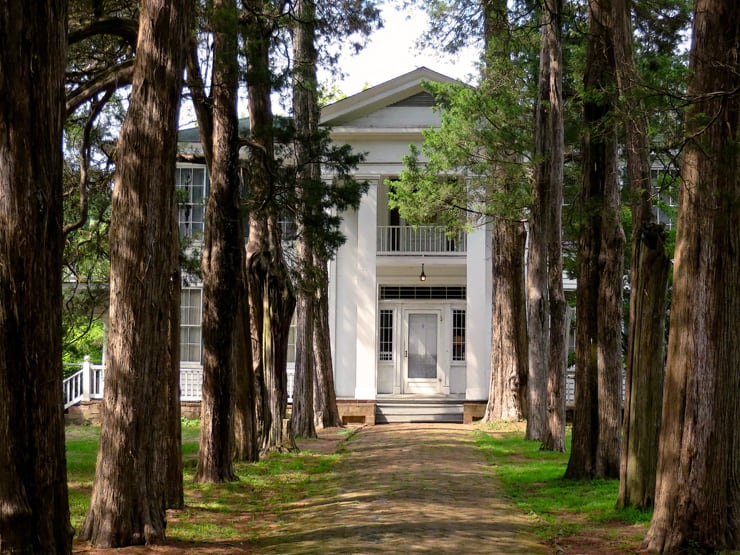
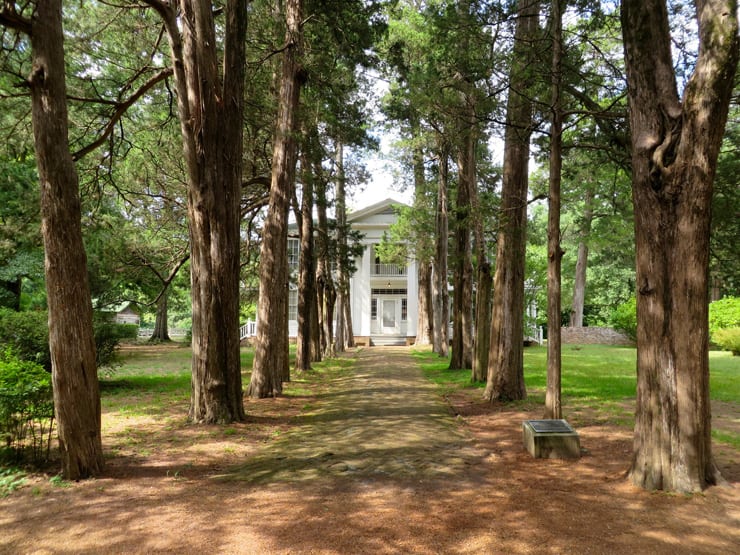
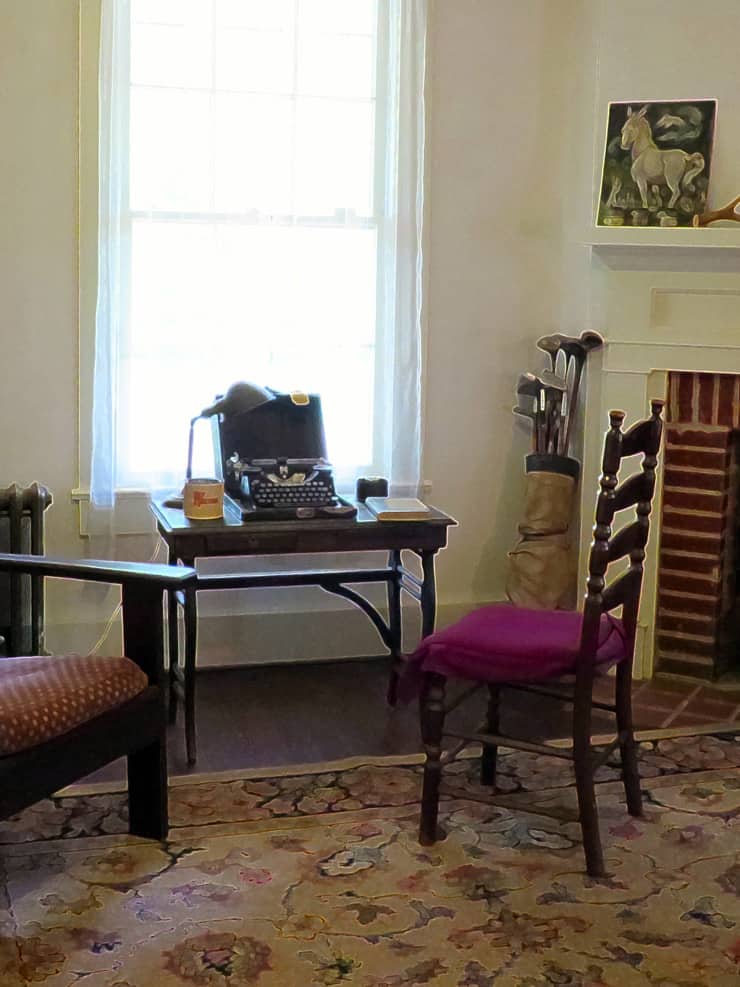
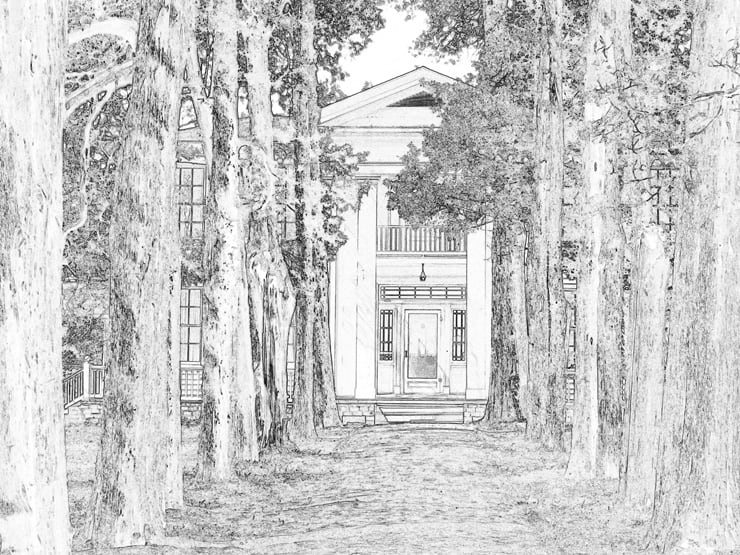
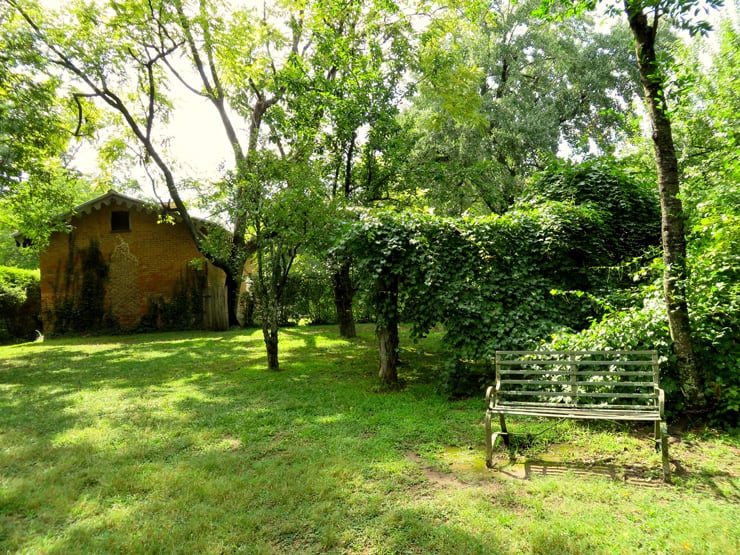

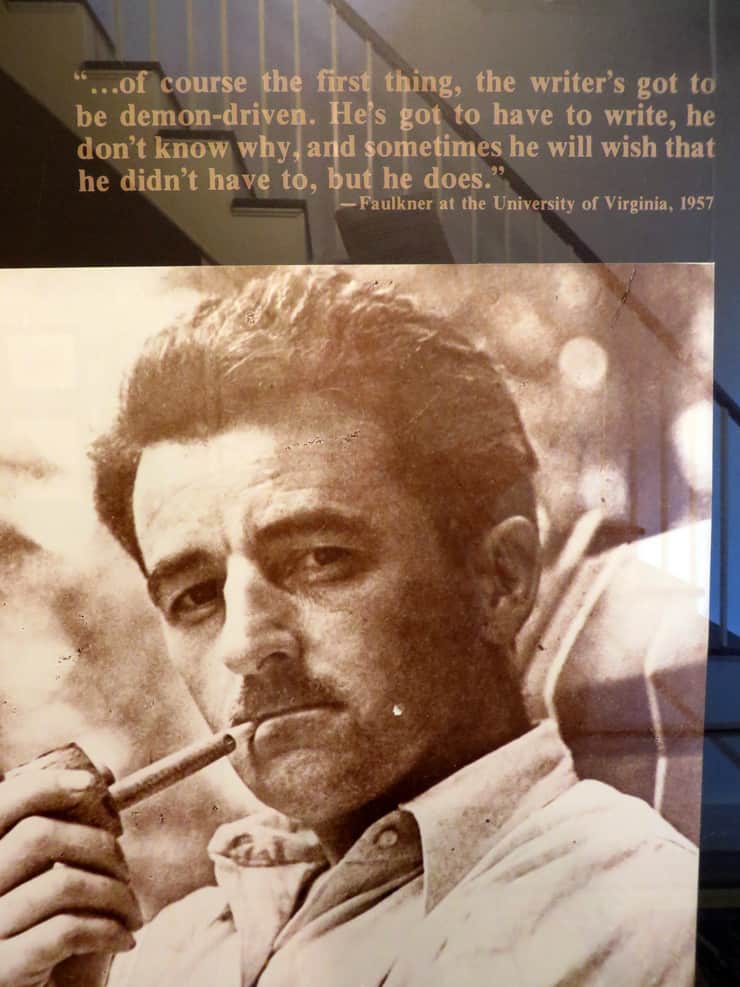

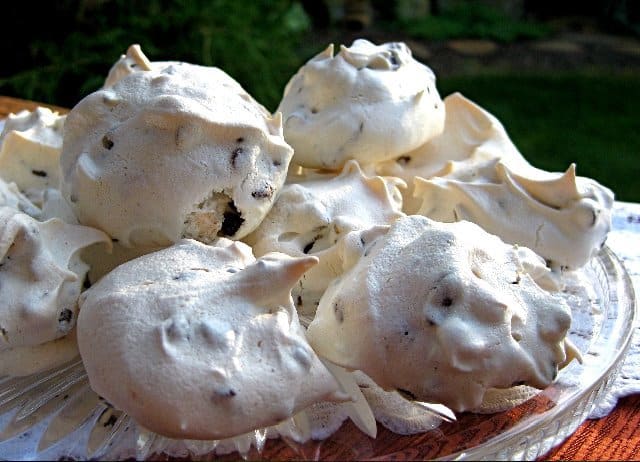




And there are plenty of not-to-be-missed menus in Oxford too! Today I am feeling especially fond of the bacon and eggs (not to mention the red eye gravy) at Big Bad Breakfast. Definitely worth the trip!
We’ve been wanting to make the trek to Oxford, especially after learning that Mississippi isn’t so far away AND that the Feathers and Germantown Commissary are on the way there-and-back! 🙂